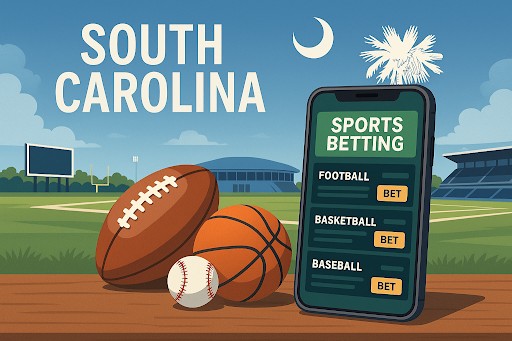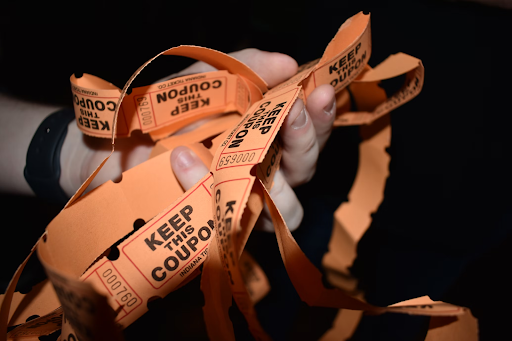Students and scholars know more than to copy and pass off someone’s work as theirs. But some still do it regardless, whether intentionally or unintentionally. The former is a crime, while the latter is a mistake. One of the ways to avoid plagiarism is to credit the source or rephrase the contents. But even paraphrasing is easier said than done. Most people don’t know what paraphrasing is. They also don’t understand that there are different ways to plagiarize. This article explores the difference between plagiarism and rephrasing to help you improve the originality of your essay.
What Is Plagiarism?
Plagiarism is simply using someone’s work, words, or concepts without giving proper credit or attributing the source. It is a serious legal and ethical offense, especially in the professional and academic setting. Depending on the severity, punishment ranges from failure to expulsion. Students turn to online essay writing services to draft 100% original and non-plagiarized essays by a professional writer. Assignment helpers use a team of academics in different fields. As a result, they write unique content from scratch.
Plagiarism is a literary theft. It involves lifting and using points by another writer without credit. Scholars that fail to use quotations or provide wrong information in citations are also guilty of the offense. Spinning an existing work with synonyms is plagiarism. Likewise, spinning or tweaking the voice or copying from different origins into a single content fall under the radar.
There are different types of plagiarism. It can be direct or accidental. Although most people don’t know, it is possible to commit self-plagiarism by duplicating your words. Mosaic plagiarism is a lesser-known type and involves transferring and mixing sentences from different origins. Ultimately, their weak attempt at paraphrasing becomes their undoing, as they don’t know the difference between plagiarism and rephrasing.
What Is Paraphrasing?
Paraphrasing is the process of rewording an article or speech in your works. But the writer retains the meaning and intention of the message. In other words, you express the same information, idea, or concept using different sentence structures or words without changing the overall meaning.
Presenting another person’s ideas in your words does not make the idea yours. This is the problem most people have with the concept. A good rephrase should remain true and accurate. It reflects the idea of the source without copying them directly. One of the best ways to paraphrase an assignment effectively is to summarize someone else’s thoughts. Instead of repeating the points word for word, you use your concept. It becomes a summary without substituting one or two synonyms.
Difference Between Paraphrasing and Plagiarism
Paraphrasing means restating someone’s ideas in your own words without changing the meaning of the main text. In other words, you are not taking credit for the content. When rephrasing, you reference the article owner for their ideas. On the other hand, online plagiarism is using someone’s work without attributing credit. So, in the end, it comes down to the intention and citation.

Plagiarism is a form of paraphrasing. But the latter is a more accurate representation of information. As a result, it is more ethical than plagiarism. One of the tips for avoiding plagiarism is to paraphrase. When rephrasing, you don’t change a few words to make the sentence look different but retain the same meaning. A writer is guilty of plagiarism if he violates any of the following:
- Does not add a reference to the origin.
- The text is close to the original text.
- No quotations to show borrowed words and ideas.
Paraphrasing is useful for summing up points from different writers. But it becomes plagiarism when you don’t acknowledge the owner. In this case, you present the concept as if it were yours. A writer should never add additional information to the owner’s idea. Likewise, the article should convey the points in a way that does not resemble the sentence structure.
How To Avoid Plagiarism and How to Correctly Paraphrase
There is an overlap called paraphrasing plagiarism. Many people assume plagiarism is directly quoting someone without crediting them. But the idea of common knowledge makes it confusing. This refers to well-known information that is accepted in the public domain, such as facts. Concepts that readers already know or information you can find through many information channels don’t require citation. Follow these steps to avoid plagiarism:
Properly Cite Your Sources
Many people don’t know what information is common knowledge. The rule of thumb is to reference any data you are unsure of. Always give merit to owners when you use their concepts. Follow proper writing guidelines and citation best practices so that you don’t confuse the readers. For example, crediting includes adding proper in-text citations, endnotes, and footnotes.
Paraphrase or Summarize
Remember, when you rephrase, you restate the idea in your own words. But more importantly, you don’t change a few words while still using the original author’s idea. To paraphrase well, read and understand the text, interpret it, and express the idea in your words. Alternatively, condense the author’s idea into a short version. Follow the same rule to summarize; you won’t be guilty of duplication.
Use Quotations and Format Your Paper
Quotation marks call the reader’s attention to the source of the quote. So, when you write, don’t forget to include them. Follow the guidelines for formatting a paper, including the font size, margin, etc.
The only way to avoid duplication is by rephrasing. Follow these tips to rephrase correctly:
- Understand the original text: The first thing after receiving an article is to read it several times to grasp its meaning. Review passages and source materials until you form an understanding of the topic.
- Interpret the original text: After reviewing the materials, interpret them to identify the main ideas. Identify the main points and express them in your words. Don’t just change a few words; use other words and sentence structures.
- Cite your derivation: When rephrasing, cite the owners. Give praise where it is due by using quotations and citations.
Conclusion
There is a thin line between committing plagiarism and paraphrasing that can become blurry quickly. The most suitable way to avoid duplication is to cite the owner and introduce the words and title of the borrowed text. Read the content, note vital information, and put them in your words. Beyond manual effort, we recommend you use an AI tool to detect and avoid accidental plagiarism.


























